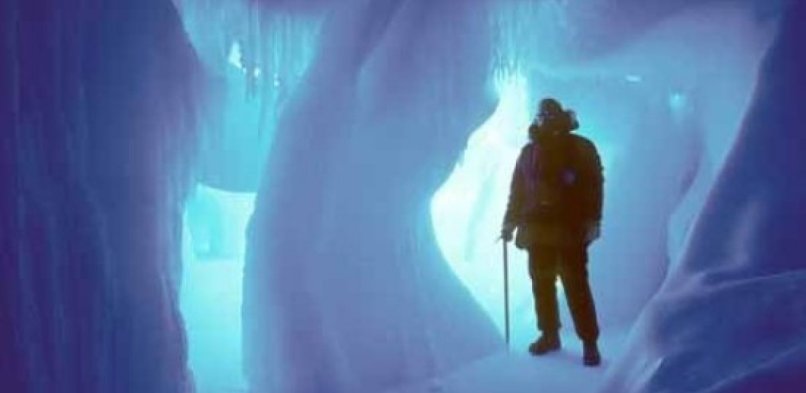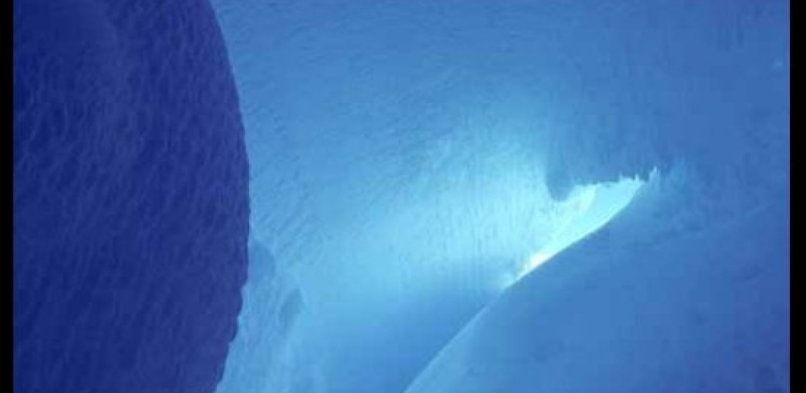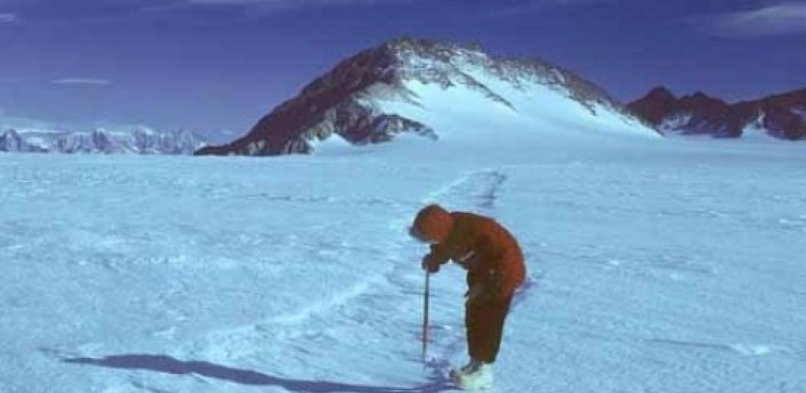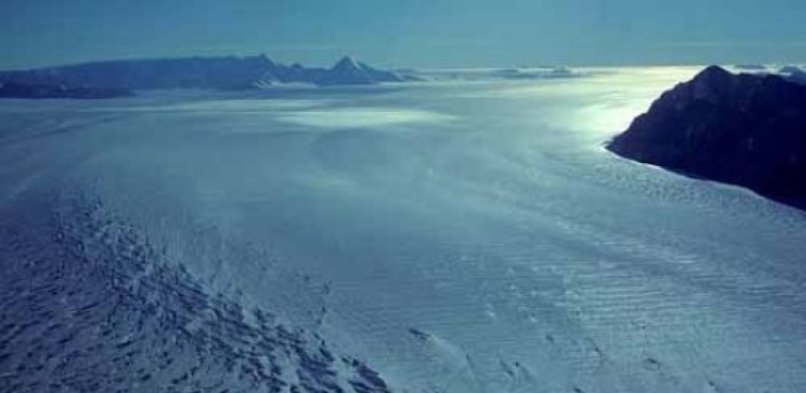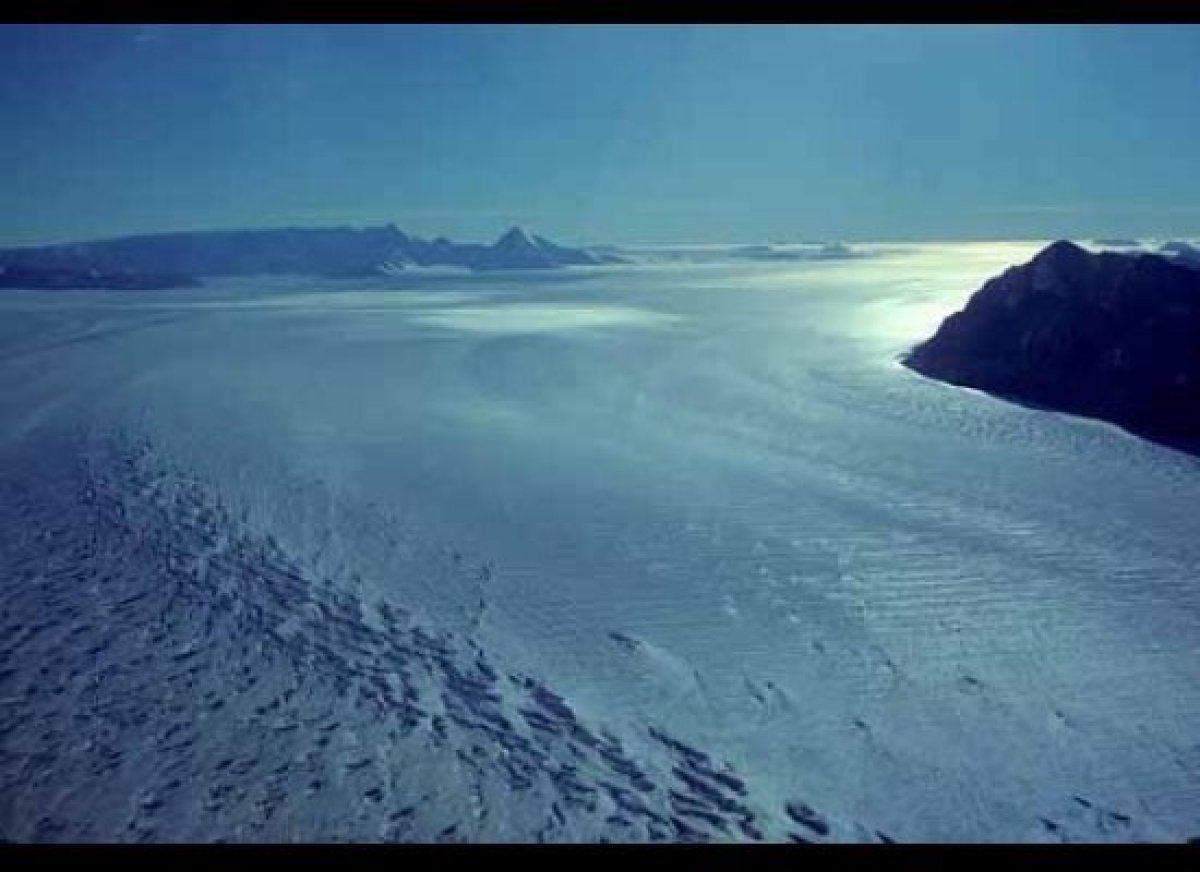
Antarctica is a land of extremes : it is the coldest and driest continent on Earth and has the highest average elevation. As the fifth largest continent in the world, Antarctica is also the most Southern, overlying the “South Pole”. Scarcely touched by humans, the frozen land boasts breathtaking scenery, broken by only a handful of scientific bases and a “permanent” population of scientists numbering only a few thousand. Visitors to Antarctica generally must brave rough sea crossings aboard ice-strengthened vessels, but those who do are rewarded with amazing scenery and tremendous and unique wildlife.A blue ice runway is a runway constructed in Antarctic areas with no net annual snow accumulation, so that the resultant ice surface is capable of supporting aircraft landings using wheels instead of skis. They are intended to make transferring materials to research stations simpler, since wheeled aircraft can carry much heavier loads than ski-equipped aircraft.
Climate : For tourists, Antarctica is accessible only during the austral summer season from November to March, during which sea ice melts enough to allow access, coastal temperatures can rise up to highs of 14°C (57°F) and there are twenty four hours of daylight. During the winter the sea is impassable. Temperatures can fall to -40°C/F and there are twenty four hours of darkness.
The above temperatures apply to the islands and coastal regions that tourists ordinarily visit. Temperatures in the interior, such as the South Pole, are far harsher, with summer highs of around -15°C (5°F) and winter lows plummeting to -80°C (-112°F).
Stay safe : Antarctica is an extreme environment, and accidents are a very real possibility. Every year numerous people are injured or even killed visiting the Antarctic, and while this should not dissuade people from visiting, it should encourage visitors to exercise caution and make a realistic evaluation of their own abilities when choosing a trip.Also note that when visiting Antarctica that a hospital is usually days away. Most ships and research stations have a doctor, but facilities are limited. In cases where evacuation is required (if even possible), costs can run into the tens of thousands of dollars. Those with pre-existing conditions should strongly consider the risks of venturing into a land where medical help may not be available prior to embarking on an Antarctic journey.
